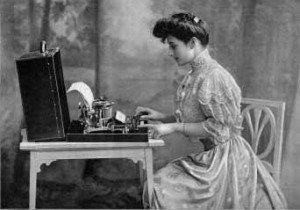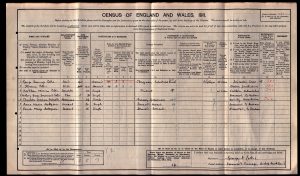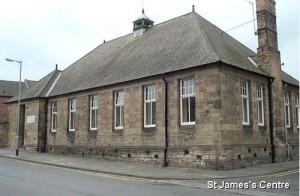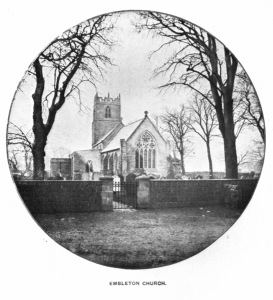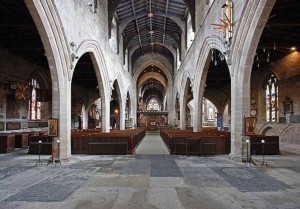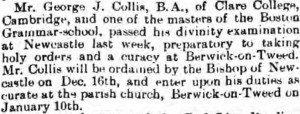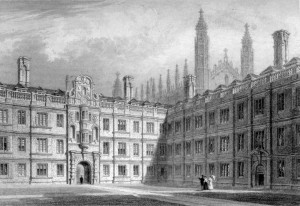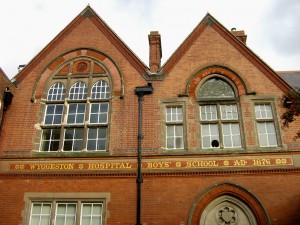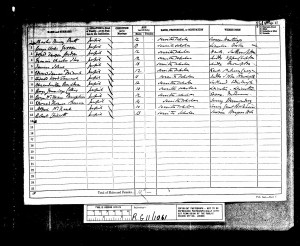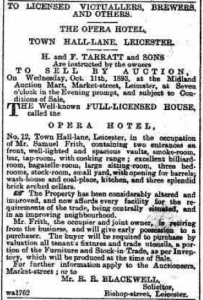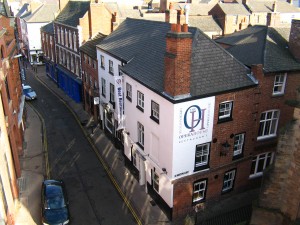About a year ago, I resolved to write the life story of one of my relatives – George Jennings Collis – over a series of blog posts. As I said at the outset, “At this stage, I’m not sure how many blog posts his story will need; I can see the horizon, so to speak, but I’m not quite sure how I’ll get there. In any event, it isn’t a sprint and let’s hope we enjoy the journey along the way, week by week.”
Well, now the task has been completed it’s time to reflect back. I’ll start with a confession: I had hoped to keep to the rhythm of writing one instalment each week, but alas, I couldn’t match the chapter-a-week discipline of Charles Dickens’ part works. Life managed to get in the way, as they say, and also some of the research took rather long than I’d expected. However, I got there in the end – telling George’s story over ten blog posts between June 2015 and August 2016.
So, what did I learn in the process? Here I share five top tips for blogging a life story.
